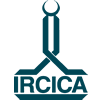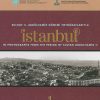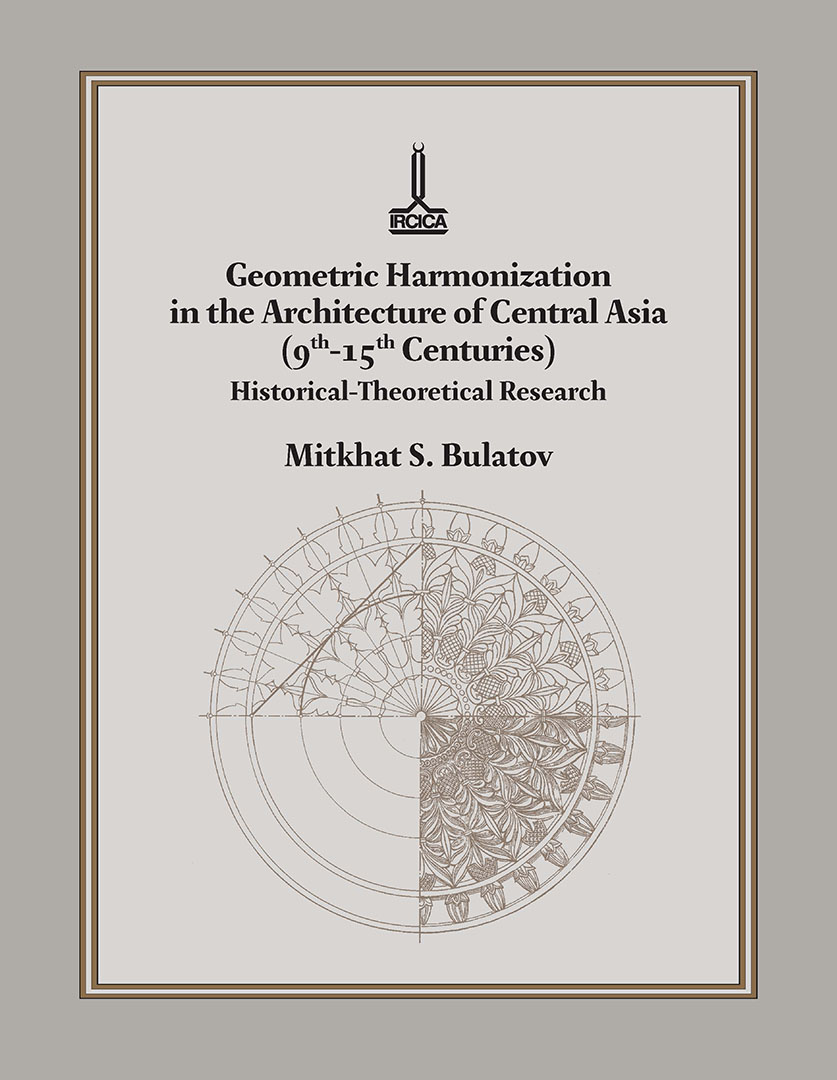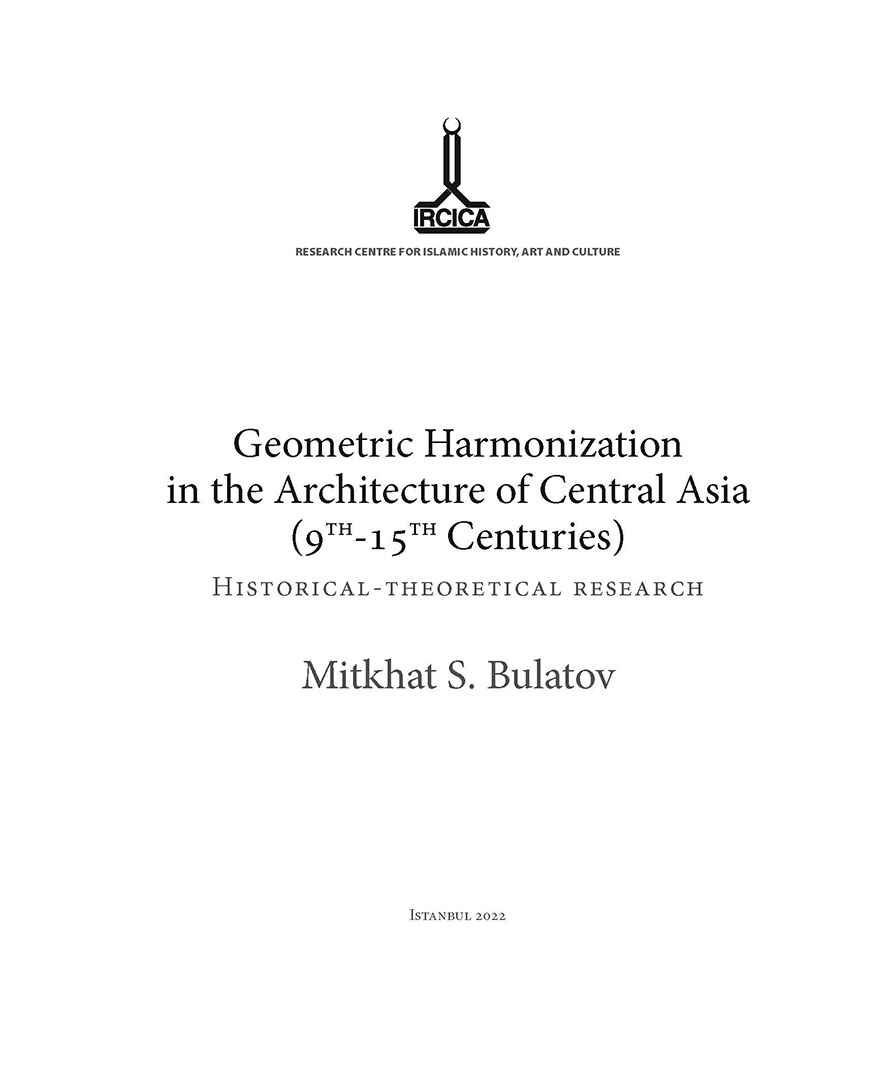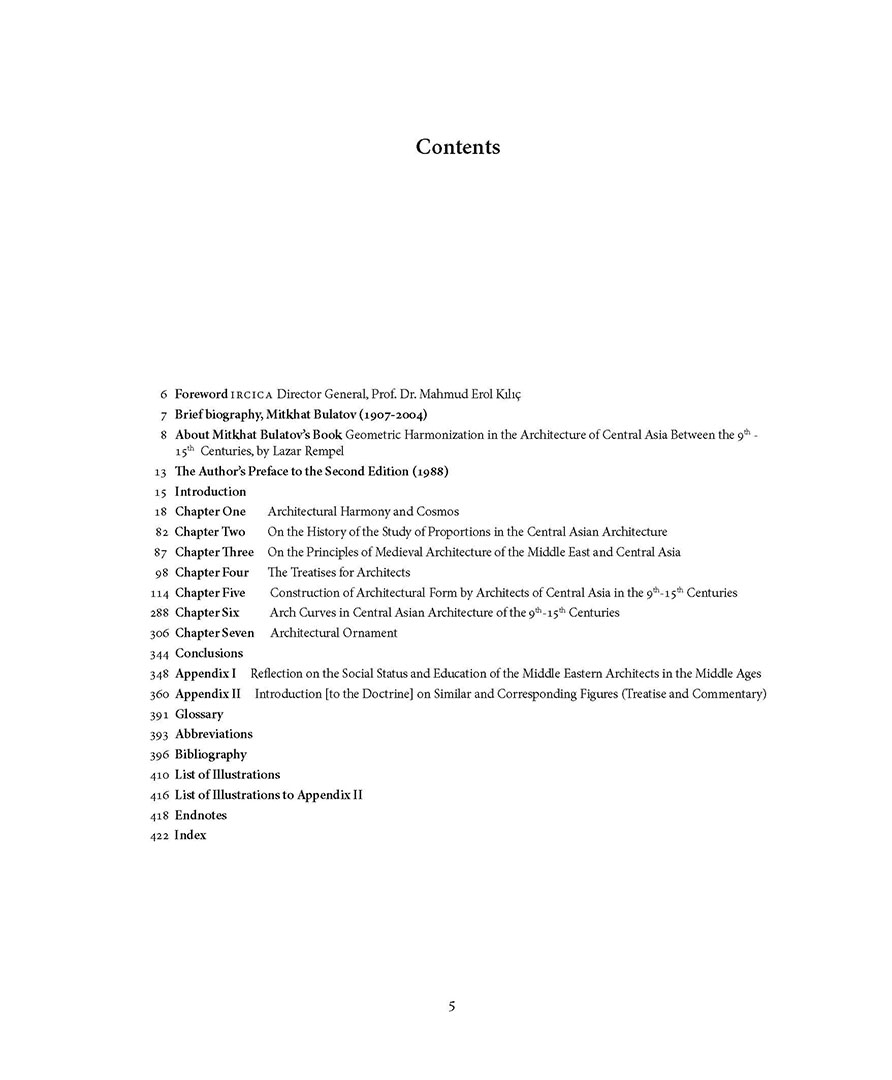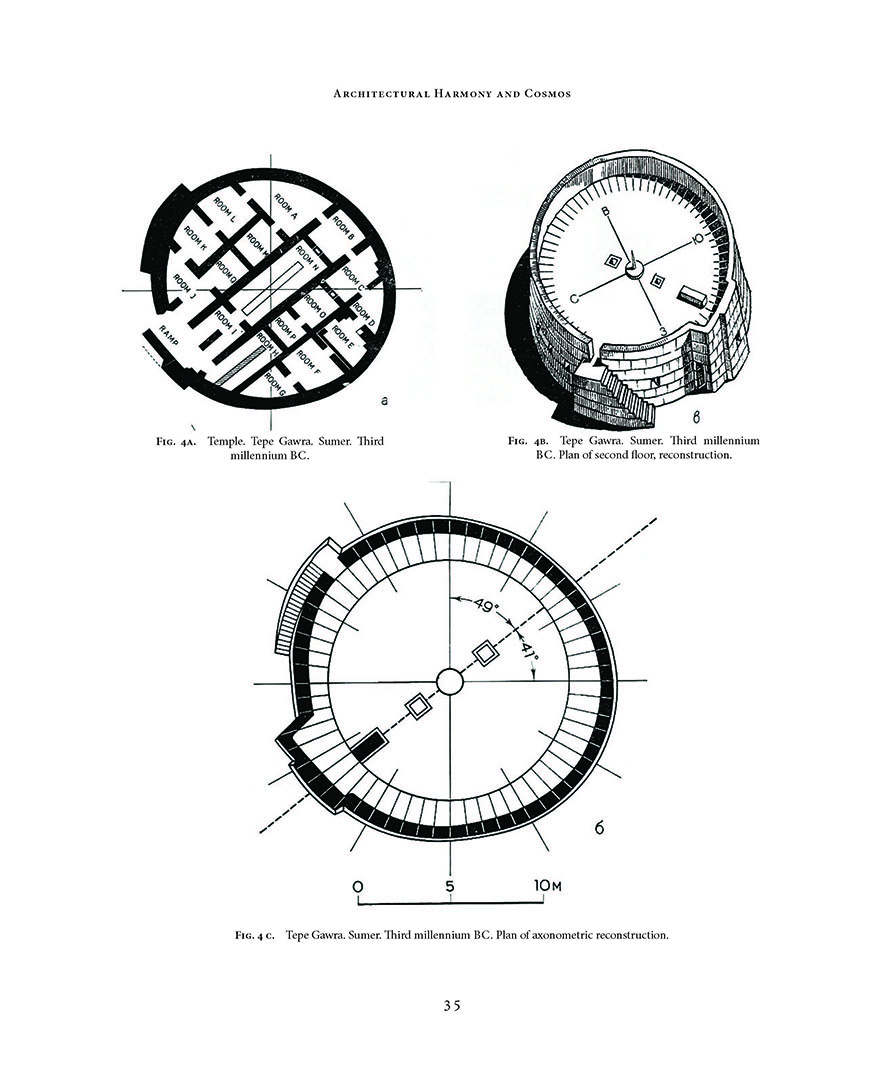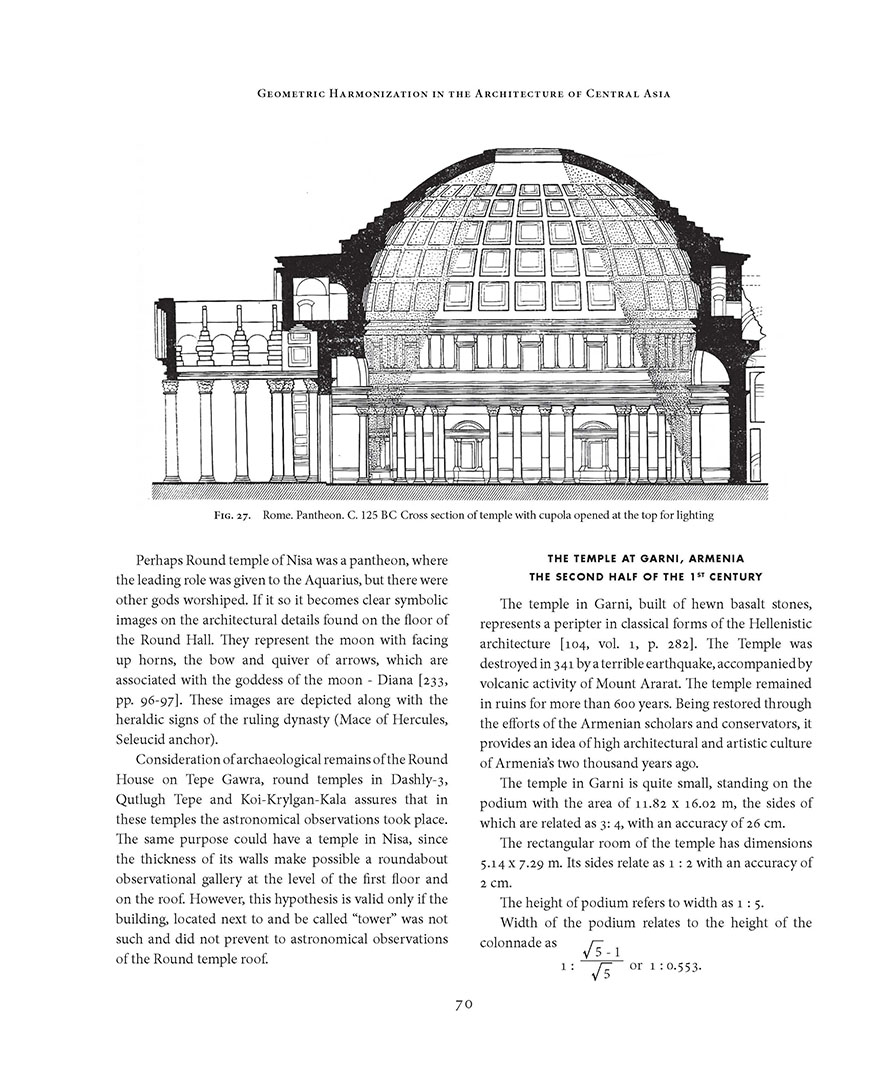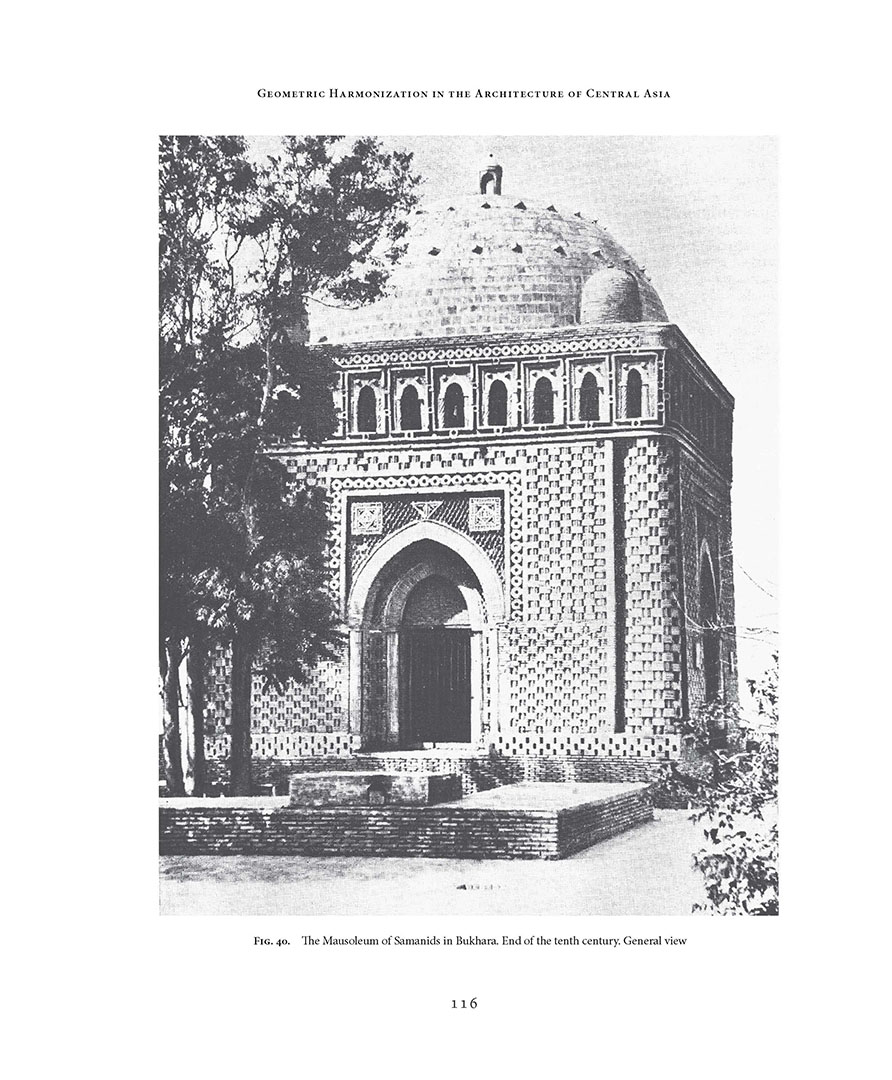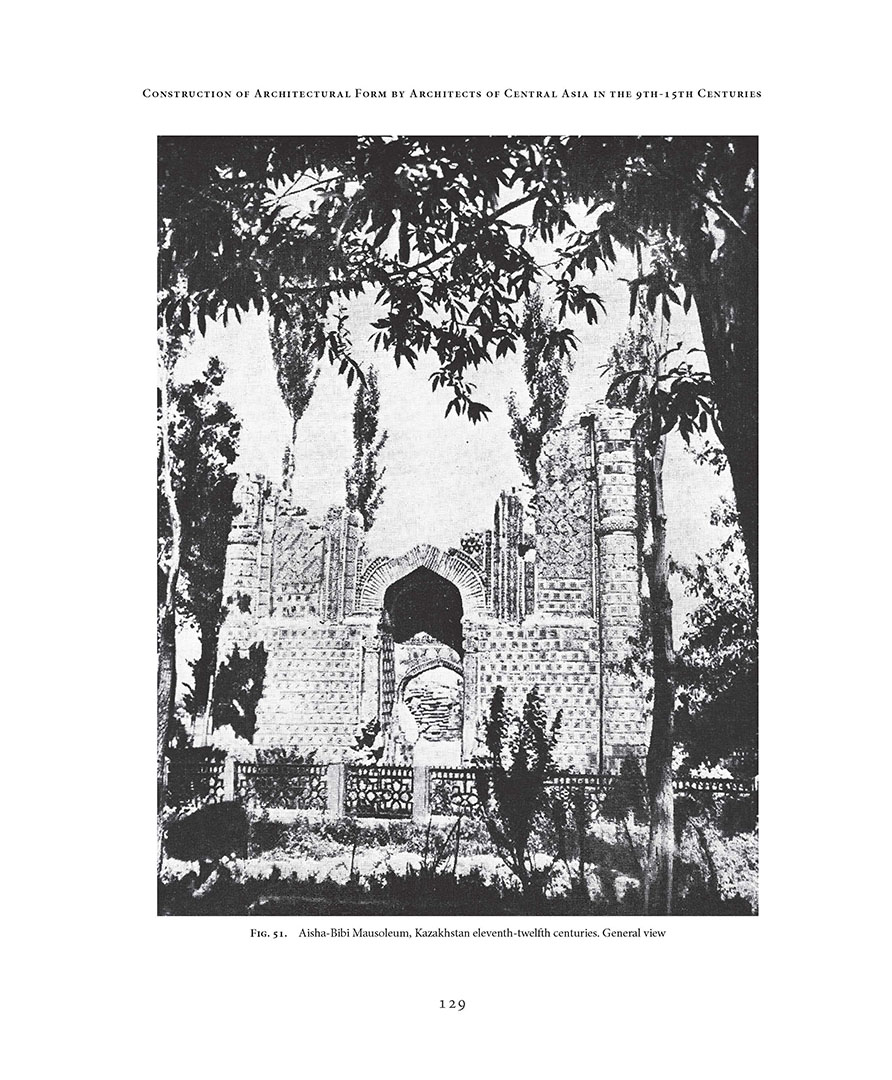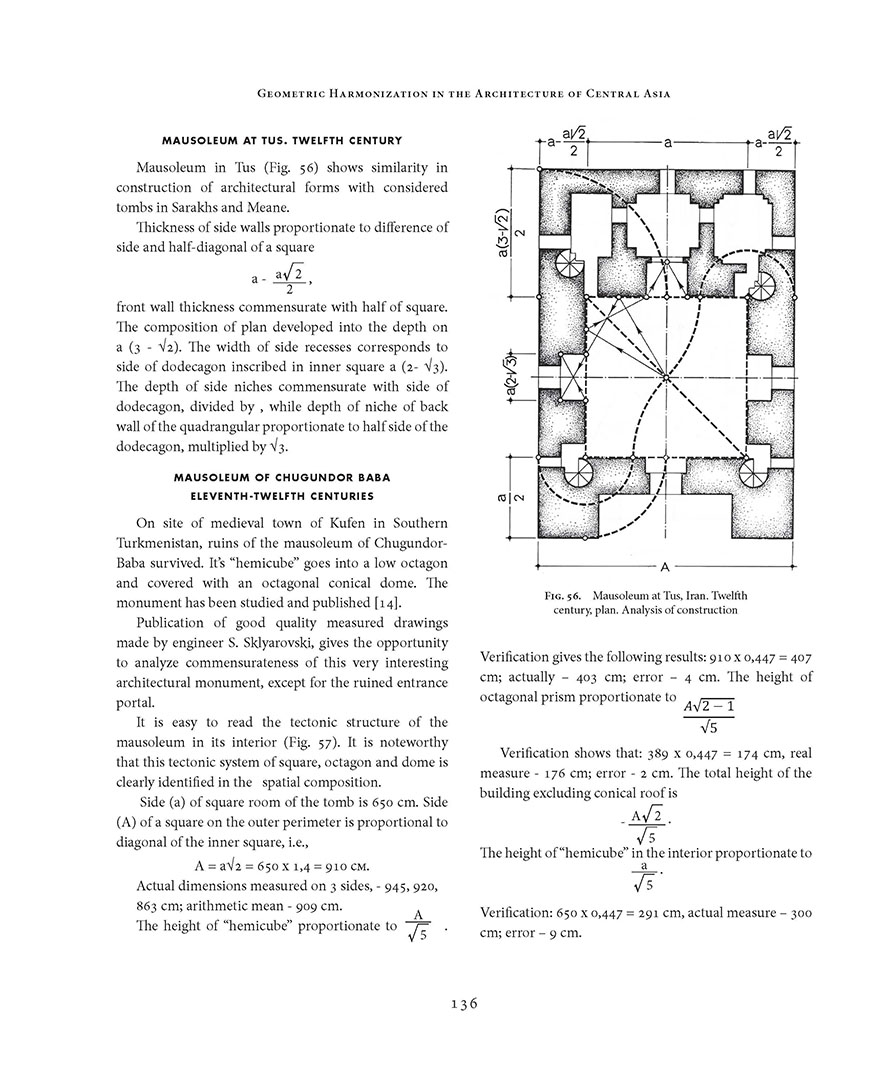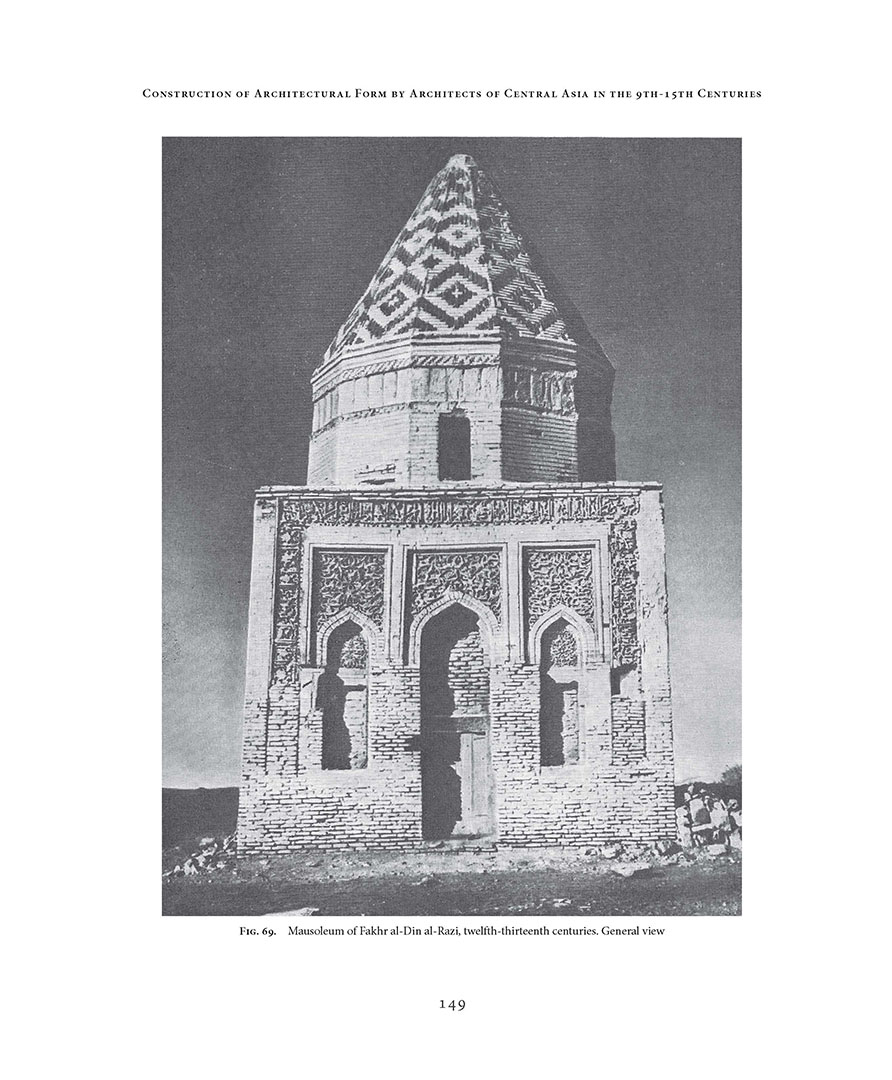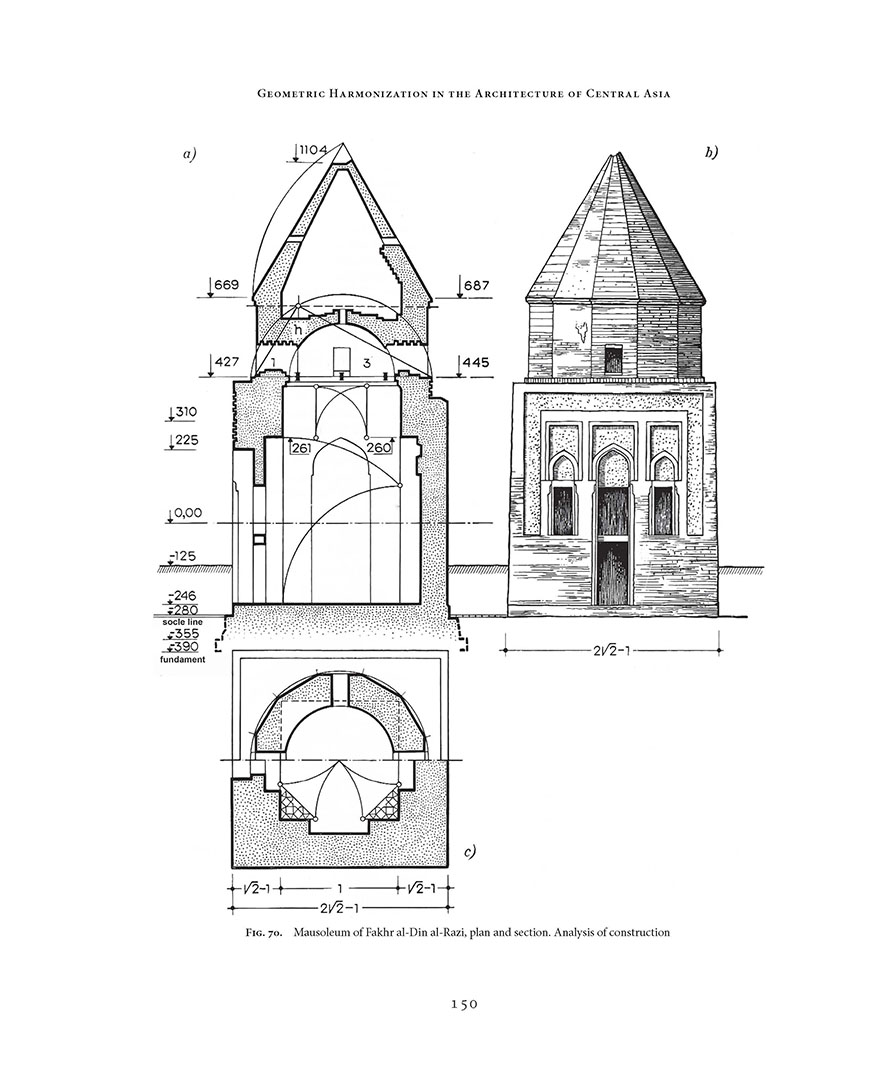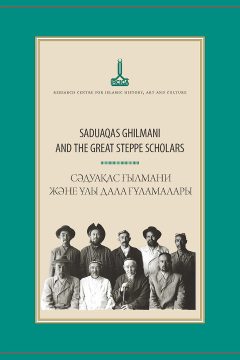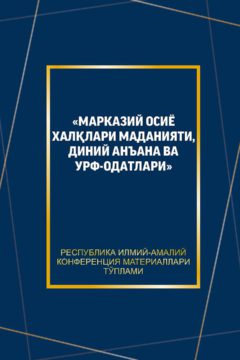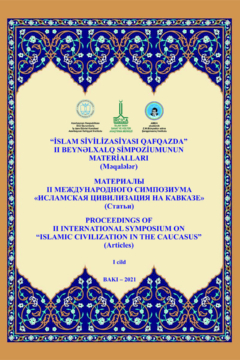IRCICA published the English edition of the book Geometric Harmonization in the Architecture of Central Asia: 9th-15th Centuries (Historical – Theoretical Research), the most well-known work of Mitkhat S. Bulatov (1907-2004), architect, architectural historian and urbanist. The book was originally published in Russian by Nauka Publishers, Moscow, in 1978. IRCICA’s publication consists of the first complete translation of the book. It is based on the 1988 Russian edition, which contains an introductory article by the art historian Lazar Rempel (1907-1992). The idea of the English edition was suggested to IRCICA some years ago by Prof. Shakirjan Pidayev, Director of the Institute of Fine Arts, Uzbekistan Academy of Sciences, where Mitkhat Bulatov worked from 1970 to 1991. The translation project was coordinated within the framework of IRCICA’s publication program on architectural heritage in the Islamic world.
A major center of architecture and urbanism throughout history, Central Asia saw golden achievements in monumental construction after the advent of Islam in the region. Islamic architecture prolifically built upon the experience embodied in the largely urbanized Central Asian environment making use of the powerful mathematics and geometry of the Golden Age of Islam. In this pioneering study and minute examination of numerous monuments in and around Central Asia, Mitkhat S. Bulatov explored the geometrical rules and computation tools that were applied in construction and ornamentation. The author presented historical information and mathematical analyses based on hundreds of illustrations and schematized drawings of ground and elevation plans of the buildings; in a separate chapter, he analyzed their ornamental patterns. In describing the monuments, Bulatov frequently referred to the works of Islamic scientists of the past and publications of his time on Islamic architecture. The book is a comprehensive reference on the history and architectural characteristics of important monuments, most of them well-known heritage sites of today.
IRCICA hopes that the English edition will further widen the readership of this remarkable book.
